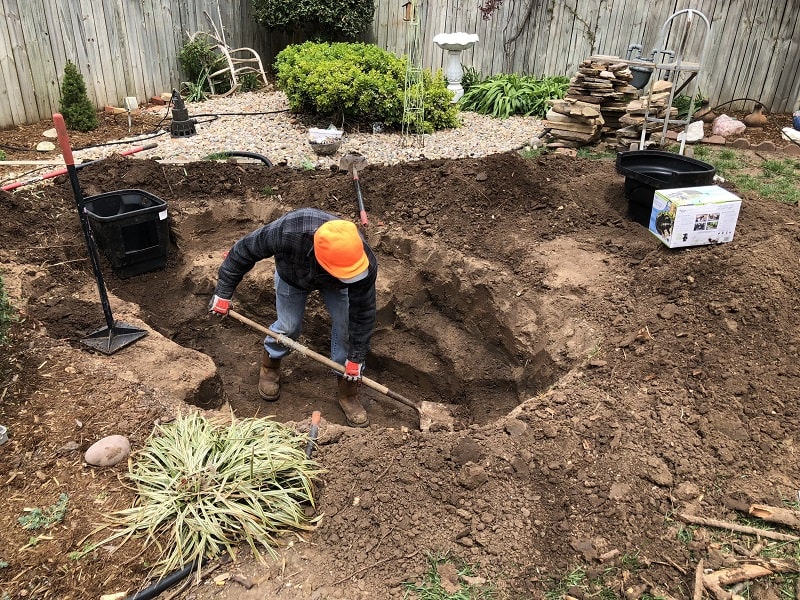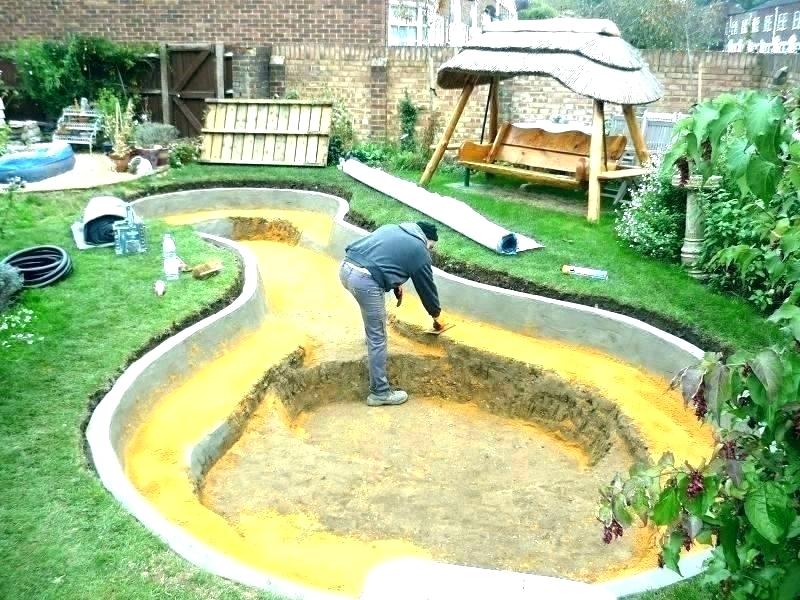How to make a garden pond

More and more people decide to round off their garden landscaping with a pond. A small aquatic ecosystem that not only allows us to enjoy its beauty but also to enjoy its natural balance with little work. Because, despite appearances, having a pond is much easier than it seems (to all intents and purposes, including maintenance).
The sound of the water, the contemplation of its unique plants or the fish that live in it are some of the reasons why ponds captivate and become an essential part of the enjoyment of the garden.
So, if you are thinking of including one in your own nature, today we are going to discover step by step how to make a pond. An easy process if you know exactly what you need to get started.
HOW TO BUILD A POND
Before starting work, it is important to plan all the details so that the assembly of the pond results in a harmonious whole and in balance with the rest of the garden. This is a good reason to consider not only the steps to follow to make a pond in the garden, but above all to ensure that it thrives correctly over time.
Choosing the right location
Deciding where to mount a pond is not a random question, but should be done according to your own needs. It is important to know that aquatic plants and flowers need between 4 and 6 hours of direct sun per day (with less exposure they will not flower, with more sun we will be exposing ourselves to algae growth in the pond). For this reason, it is important that we choose a place that has both sun and shade throughout the day.

On the other hand, we’ll have to avoid the pond being near trees. On the one hand, because they can project their shade on it; on the other hand, because with their leaves they can dirty the water and generate the proliferation of algae.
In addition, we have to consider where the nearest electrical outlet is, so that when we install the pump, it has the current it needs to operate.
Preparing the hole for the pond
When we have decided on the size of the pond we want, the first step (after drawing it on the surface of the garden, to get an idea of its dimensions) will be to start digging from the center out.
In this way, we will be giving depth to the central part and, as we get closer to the sides, we will make a step of the land. A way of landscaping the space, but also to give play to the pond.
With the hole prepared, we will remove the stones and smooth the ground before covering the surface with sand (with a view to protecting the pond assembly from any sharp elements that could cause a leak).
Laying of felt and canvas
Next, it’s time to protect the soil preparation. First, we will place the protective felt (which will reinforce the role of the sand as an insulator of any element that breaks the canvas). Although it can sometimes be considered as a substitute for the sand layer, the truth is that both elements work better together.
On this protective layer, we will start to place the tarp. The ideal is to choose one that is both resistant to the sun and the cold, suitable for fish and free of any harmful element for them. When lining the pond, we will pay special attention to make the folds of the step correctly (adjusting the canvas, again, from the center of the pond to the outside).
Fixing the tarpaulins and installing the pump
With the surface of the pond prepared, it is time to fix the edges of the pond to prevent the canvas from moving. To do this, we will dig a slight profile around the perimeter of the pond and cover the tarp with soil (to ensure that the weight keeps it firm in the desired place).
The last step in assembling a pond will always be to install the pump (specific to the capacity and dimensions of our pond, so that it is really useful).
Decoration of the pond
And with everything prepared, only the last step remains: beautifying our pond. PVC liners with a stone finish will help to beautify the pond. This involves both the use of decorative coverings (for example, stone on the edges and backdrops to give the complex an even more natural feeling of space) and the choice of those plants that we want to enjoy in it.
And finally, a piece of advice: before including the fish in the pond, it is important that we allow a period of acclimatization until the water and all the living elements that we will have in it find their balance. This is a way to ensure that, with a little more time, we can enjoy the aim of the pond: its wonderful natural harmony.
